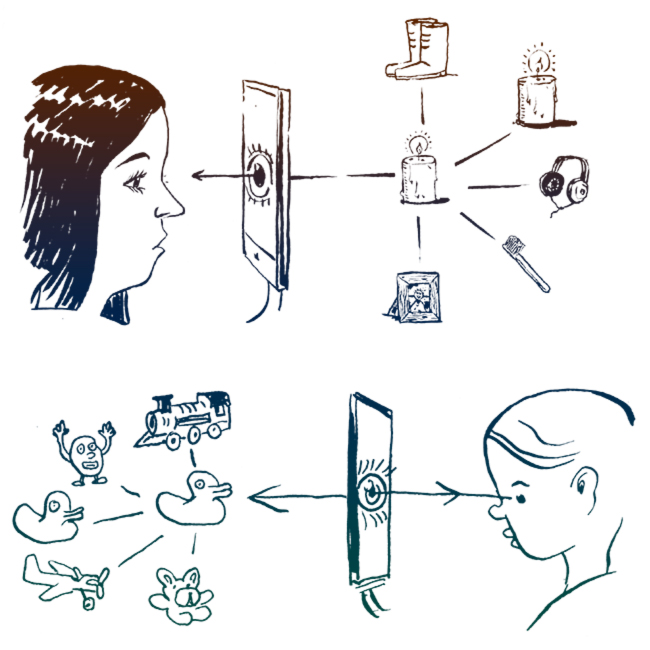ZEITGUIDE TO THE END OF ADVERTISING???

Is digital advertising—which was booming at 60% growth last year—suddenly on its deathbed? Or are all the articles about the end of an ad-supported Internet just click-bait hyperbole?
The digital advertising industry is undeniably going through some growing pains. The most recent issue is ad blocking software. Roughly 200 million users have installed ad-blockers on their web browsers, and a report over the summer revealed a 48% global increase in ad-blocking over the past year. Apple further fueled fears of an ad apocalypse because its latest iOS9 allows ad-blocking on mobile Safari browsers—taking a potentially big bite out of what is quickly becoming a $100 billion global mobile advertising market.
But wait, there’s more. No one is really sure how often digital ads, mobile or otherwise, are being viewed.
One culprit is Internet “bots,” which run automated tasks via the web. These little buggers are the bane of the ad industry as increasingly they are programmed by hackers to rack up fake ad impressions. Advertisers are estimated to lose $6.3 billion globally in “bot fraud” in 2015.
Oh but wait, there’s still more.
“Viewability” — the baseline for whether an ad was “viewed” or not by a user — has the scantiest of definitions. What does it take for a video ad to be considered “viewed?” Just half of its window needs to be in view for 2 seconds or more. (So basically the time it takes you scroll past it.) A non-video digital ad is even worse: 1 second and 30% of the ad. Google has analyzed ad viewing and determined that overall, half of ads that are loaded onto a web page are never seen by human eyes.
The writing is on the wall: Ad blockers, bots, and weak tracking metrics spells big trouble for the industry. These certainly diminish the glow around the promise of programmatic advertising, which was supposed to use consumer data to efficiently deliver ads with pinpoint accuracy, tailored to demographics and interests. (Programmatic advertising’s own issues were brought to light earlier this year when pre-roll video ads for big brands like Proctor & Gamble and Toyota were appearing before ISIS videos on YouTube.)
Marketers are becoming impatient and restless over these mounting issues. Earlier this year, many big consumers brands with nearly $20 billion in media buying power put their contracts with ad agencies under review.
Marketers and publishers aren’t sitting on their hands, though. Ad trade groups are still considering legal action against ad blocking. Hulu has taken a black-and-white approach, simply locking out visitors with ad blockers.
For online publishers there are less drastic alternatives like native advertising and other experiences that leverage user interaction by providing some utility rather than simply throwing annoying pop-ups at us. Good examples include sponsored posts in blogs or social media feeds and integrated podcast ads, which have also shown to be effective for marketers and profitable for podcasters. Meanwhile, with the rise of smart TVs and devices such as Roku, Chromecast and Apple TV 2.0 along with an increased user adaptation, publishers and marketers are figuring out how they could avoid these issues in this “next frontier” of content consumption.
ZEITGUIDE friend Babs Rangaiah, Vice President of Global Media Innovation & Ventures at Unilever, has a decidedly less apocalyptic outlook: “These issues could finally drive marketers to create things that were meant for the Internet and that leverage all the benefits that it has to offer — like interactivity, sharing, data — as opposed to just force-fitting the old with the new. The irony is that ad blockers could end up being a great boon to the industry in the long run.”
